Using VoiceThread with GlobalCOlab
This is a guest post by teacher and VoiceThreader, Brian Jones.
This week GlobalCOlab is being featured at the Scandinavian Education Technology Transformation (SETT) Conference taking place in Stockholm, Sweden. GlobalCOlab stands for Global Collaborative Labs. In GlobalCOlab, students from different schools around the world collaborate to investigate global issues and how those issues affect their communities. An example is the Watershed Project involving GlobalCOlab students from Malaysia, Sweden, Ohio, and Norwalk, California (my classroom) all collaboratively designing solutions to watershed problems.
The school I work at is a Title I school. To become a Title I at least 40% of students must be from low-income families. My school currently has 80% of its students qualifying as low-income. In my experience, students from such low socioeconomic backgrounds feel their voice has no platform to be heard, and also feel that they do not have the power to change the world. VoiceThread has changed all of that and given students both voice and choice.
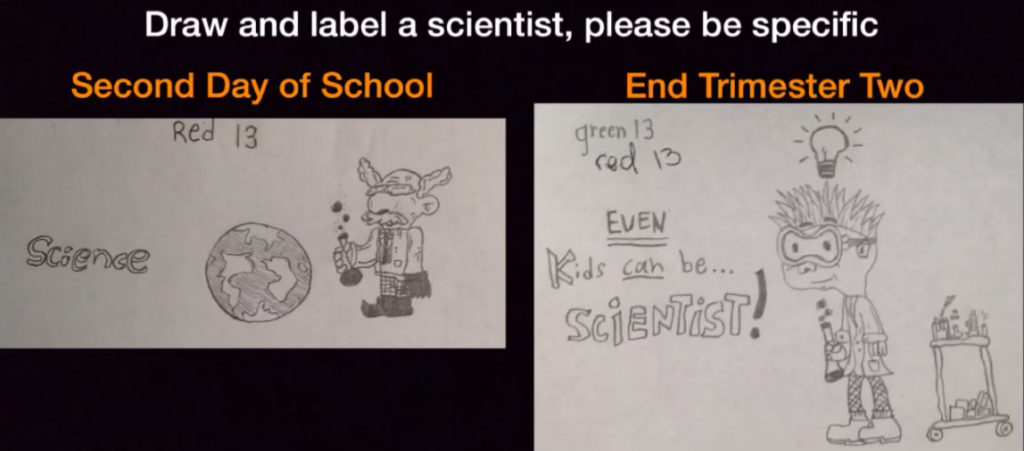
(One of my student’s work showing the student becoming empowered)
Last year I developed a flipped gamified classroom using the zombie apocalypse called “Project Z.” The students ate it up and displayed major growth in my Life Science class. However, that platform for student voice was still missing on a broad level. So in August of last year, I was on Twitter and it occurred to me: Twitter gave me the platform to allow a teacher from Finland to answer one of my pedagogical questions. This is the global platform I must model my classroom after.
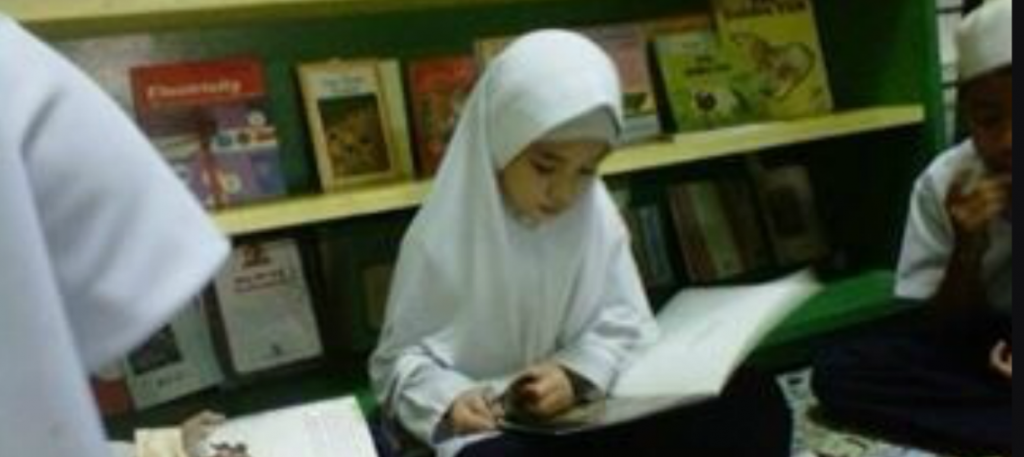
(Sarenawati Jafaar’s [@sjaafar] school, Sekolah Rendah Islam AlHafeez (AlHafeez Islamic Elementary School), Pasir Mas, Malaysia)
GlobalCOlab has been a learning and collaborating experience just as much for its teachers as it has been for its students. To help facilitate and map this idea, GlobalCOlab co-creator, Dr. Trisha Callella (@shareTED), and I sat down and mapped out the important components to a successful collaboration that could transcend both distance and time zones.
The steps included: creating procedures to investigate problems using scientific/engineering processes, pitching their proposed procedures to global collaborators to assemble collaborative labs, simultaneously conducting real world research through inquiry and collaboration, collaboratively testing solutions by creating hands-on labs and investigations for global scientific learning, sharing out those results, and global peer review of each other’s work.
The students would be using the scientific and engineering processes on a global platform and scale. The question was: Could this be done? at the middle school level? To this, Dr. Callella suggested using VoiceThread as she had used in both her elementary classroom and graduate program.
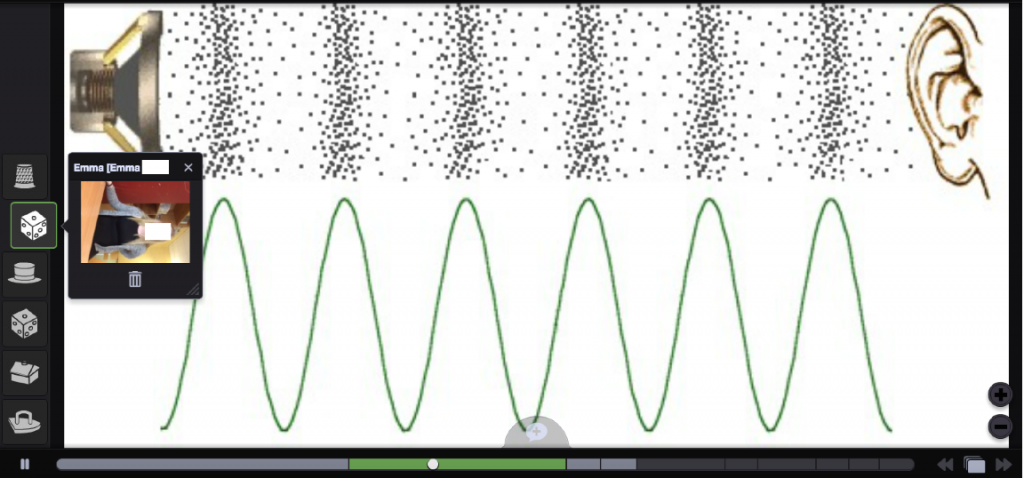
(Emma from Anders Enström’s, @aenstrom70, class in Sweden peer reviewing one of my student’s work about soundwaves.)
I eagerly rushed to sign up for Voice Thread. VoiceThread contacted me and supplied a school site license of 350 accounts. Those accounts are being used by students in Malaysia, Sweden, Ohio, and my classroom. VoiceThread provided the students around the world a workspace where distance and time zones were not a factor.
My students would post their work, and when they got to school they would see replies from students all over the world that were posted while they were asleep. In VoiceThread, the replies are framed around the student’s work and the student has the power to reorder the comments whichever way they prefer. This was the platform that empowered my classroom during the investigation process.
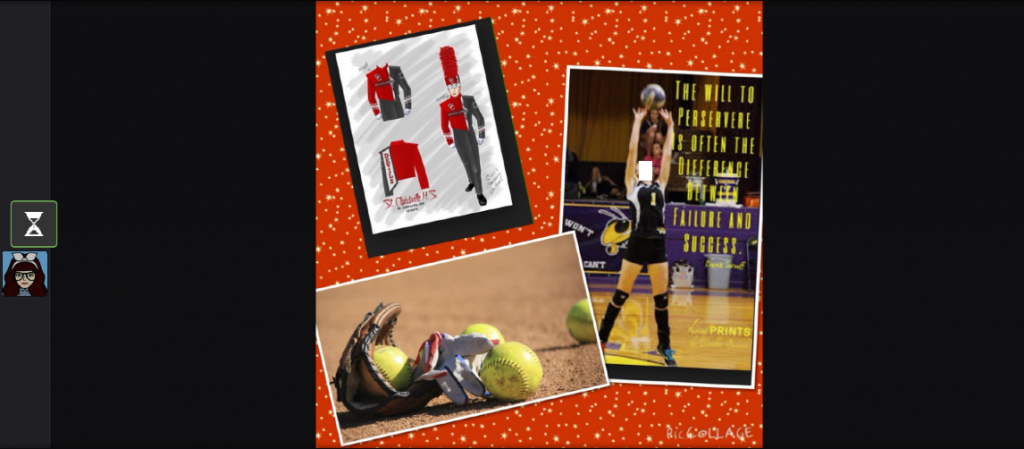
(A student from Liz Meredith’s, @meredithscience, science class in Saint Clairsville, Ohio uses the platform to express herself)
The results of GlobalCOlab have been amazing. GlobalCOlab did all it was designed to do and more. By using Voice Thread as one of the platforms for student choice, students were able to research, investigate, and present information for collaborative labs and then peer review each other’s work. In doing so, my students were able to not only embed the scientific and engineering processes into their work and community, but become excited about it as they knew there was an authentic global audience.
They could share their ideas, learn, and receive feedback from global peers. It is this type of connected learning that allows teachers to grow everyday through Twitter and planned learning networks. GlobalCOlab expanded this in middle school classrooms around the world. Thanks to VoiceThread, students voices were heard around the world.
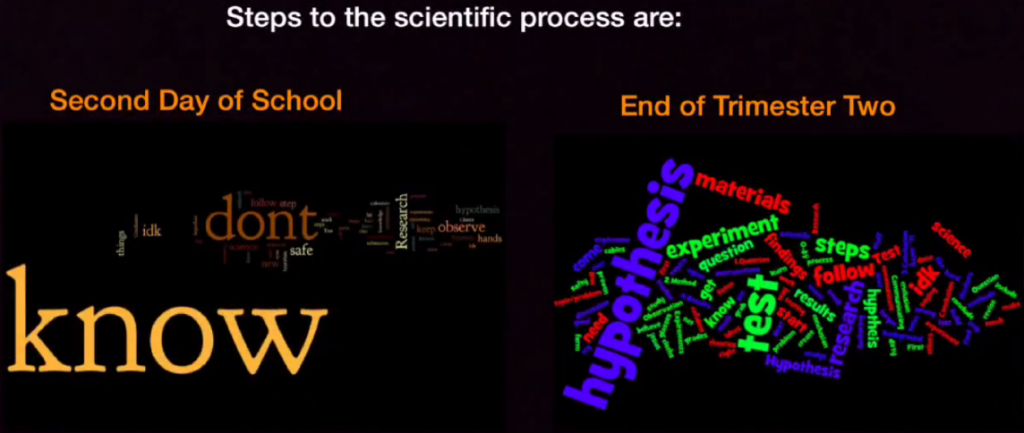
(An anonymous survey asked to my students, and the results second day of school compared to 24 weeks into GlobalCOlab)
About the Author: Brian Jones, @ProgresivTeachr, is the co-creator of GlobalCOlab. Brian currently teaches 7th Grade Life Science at Los Alisos Middle School in Norwalk, CA where he and his students are having fun learning and growing along with the 400 students currently in GlobalCOlab worldwide.
